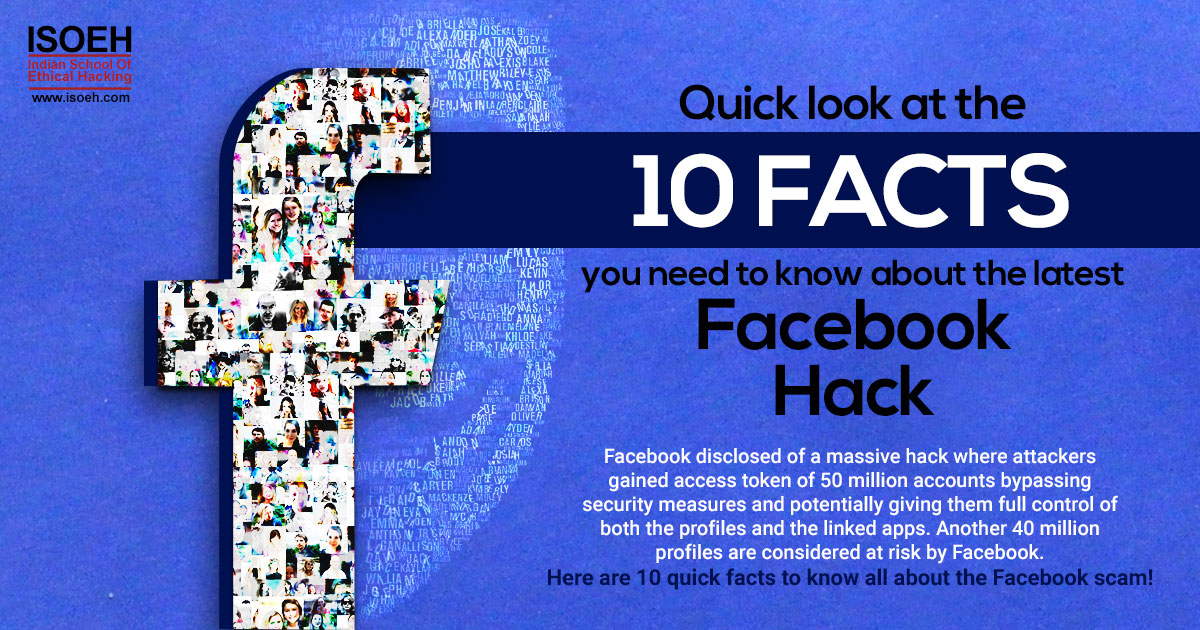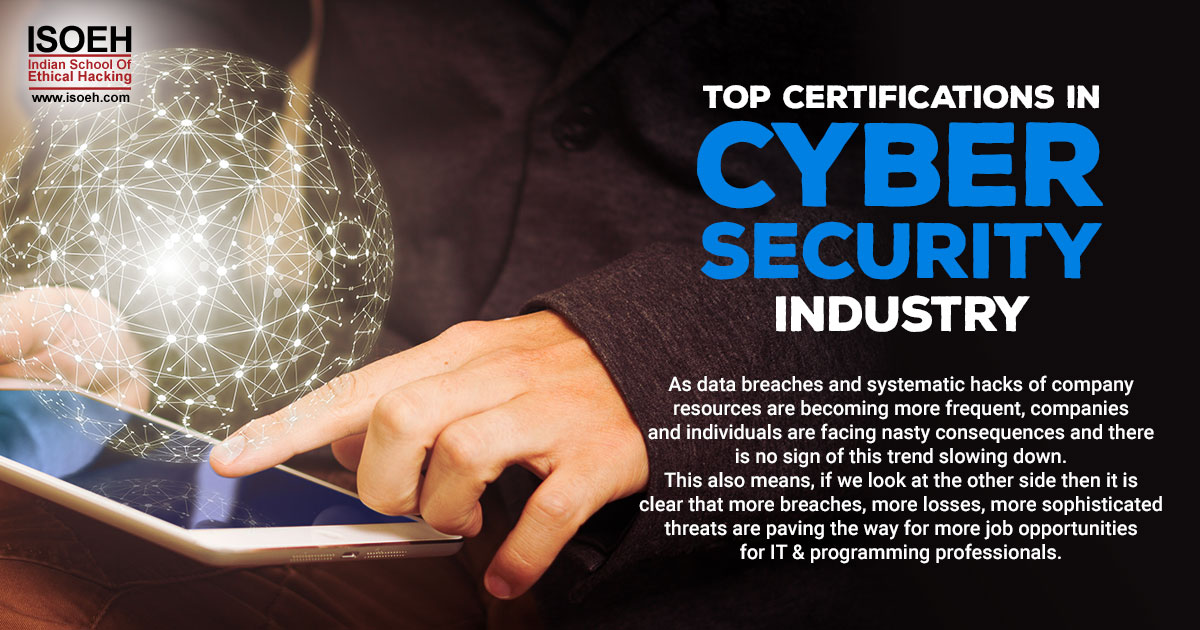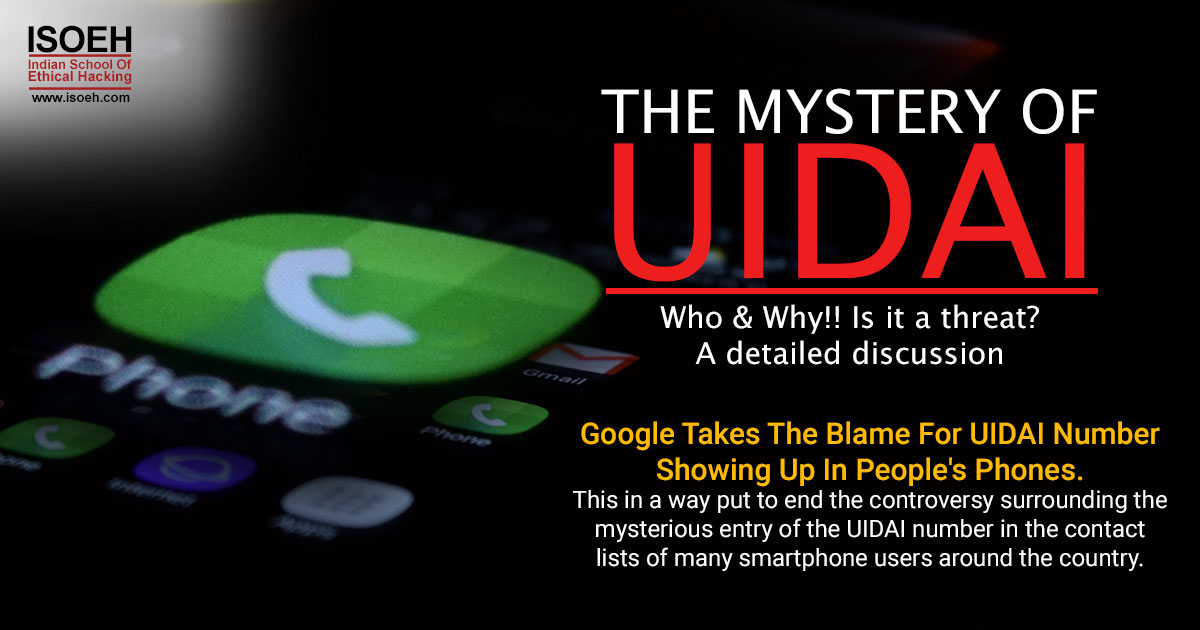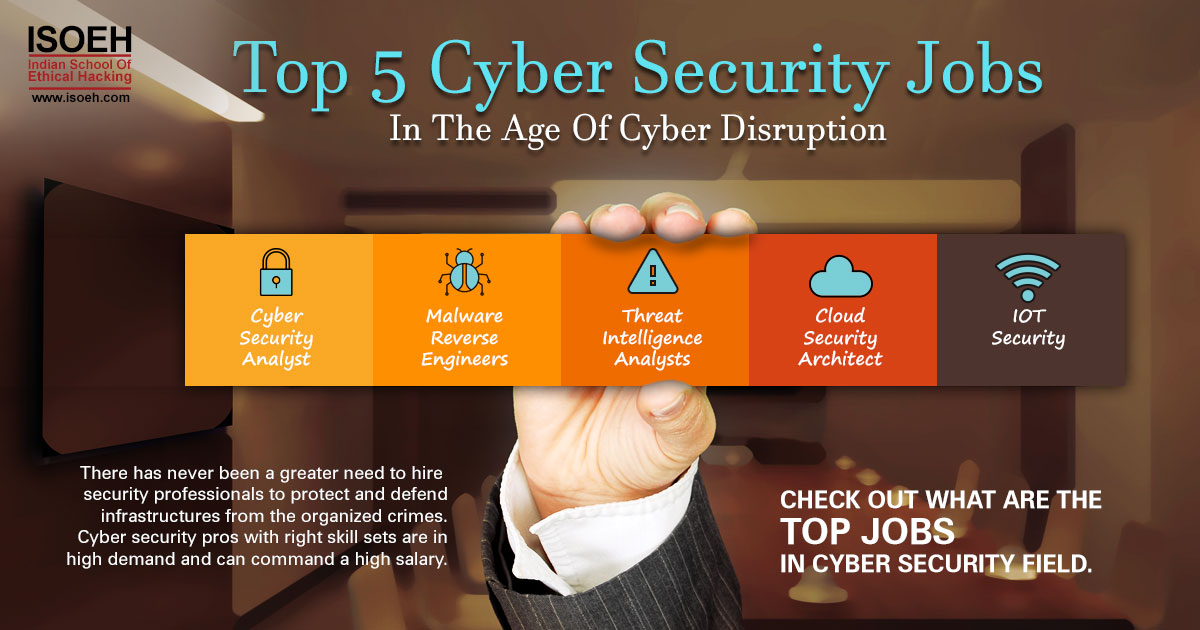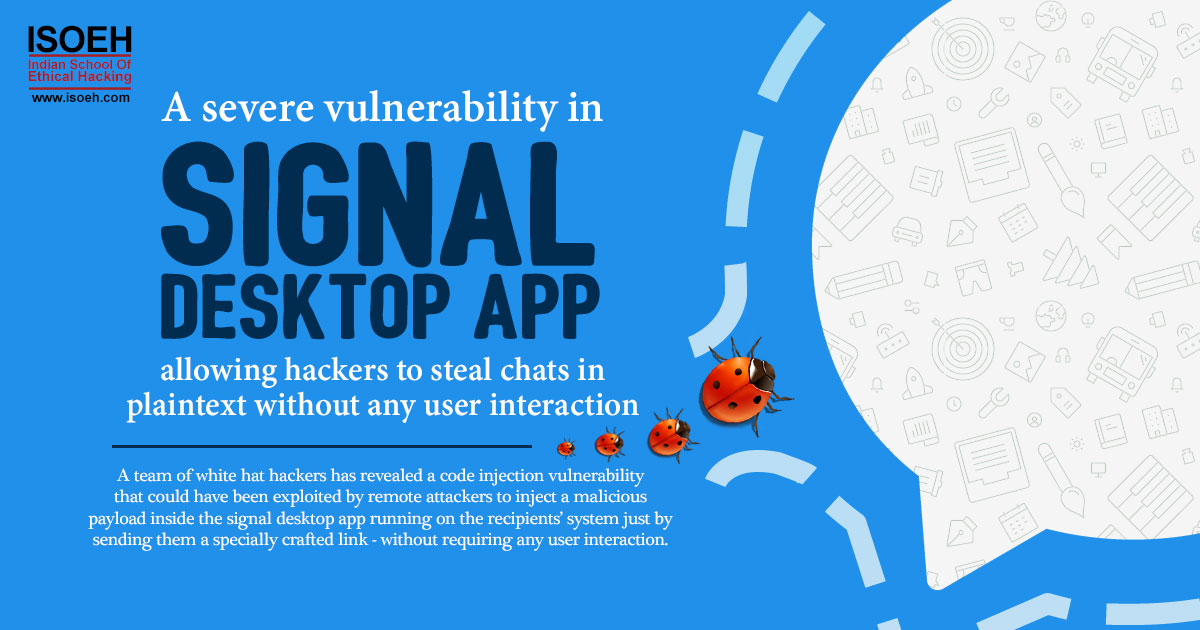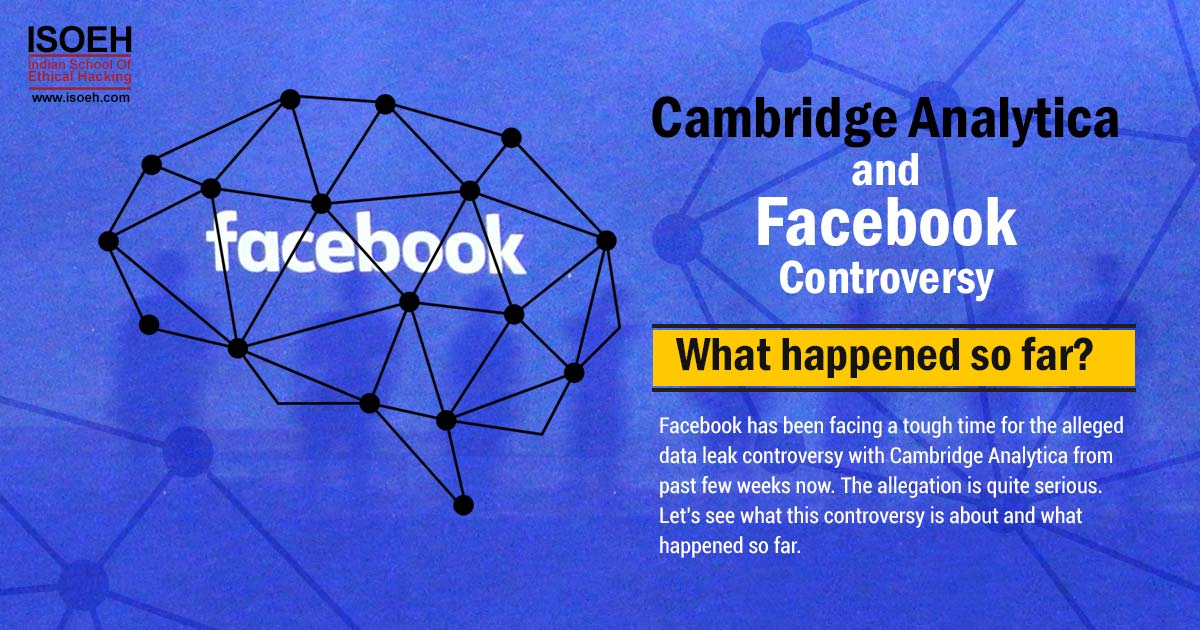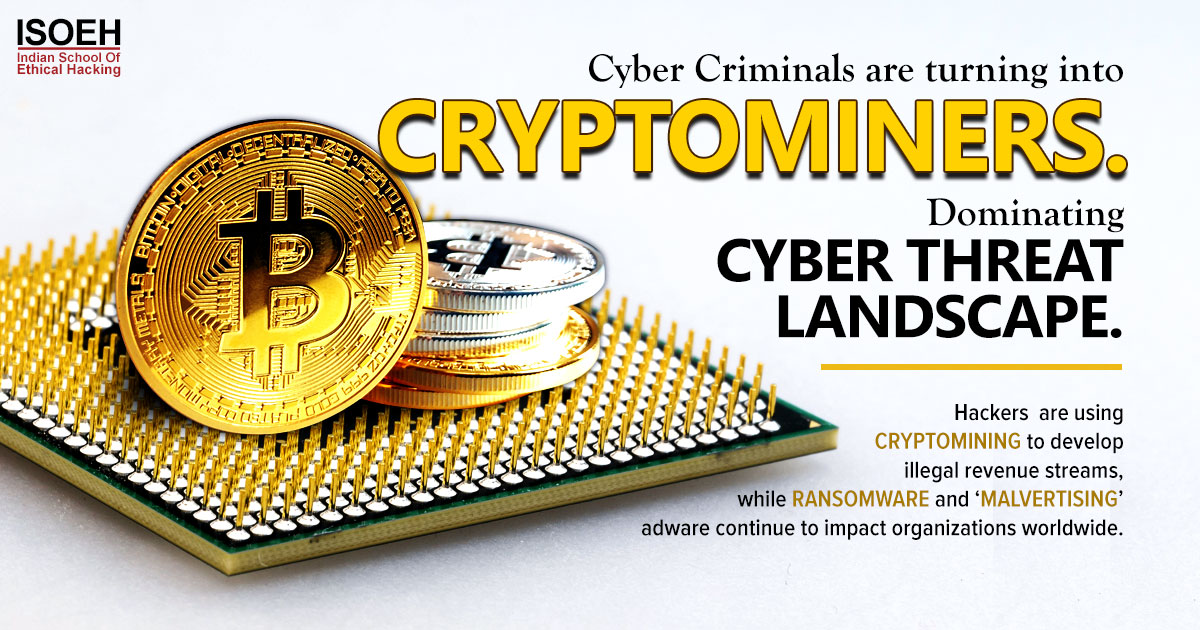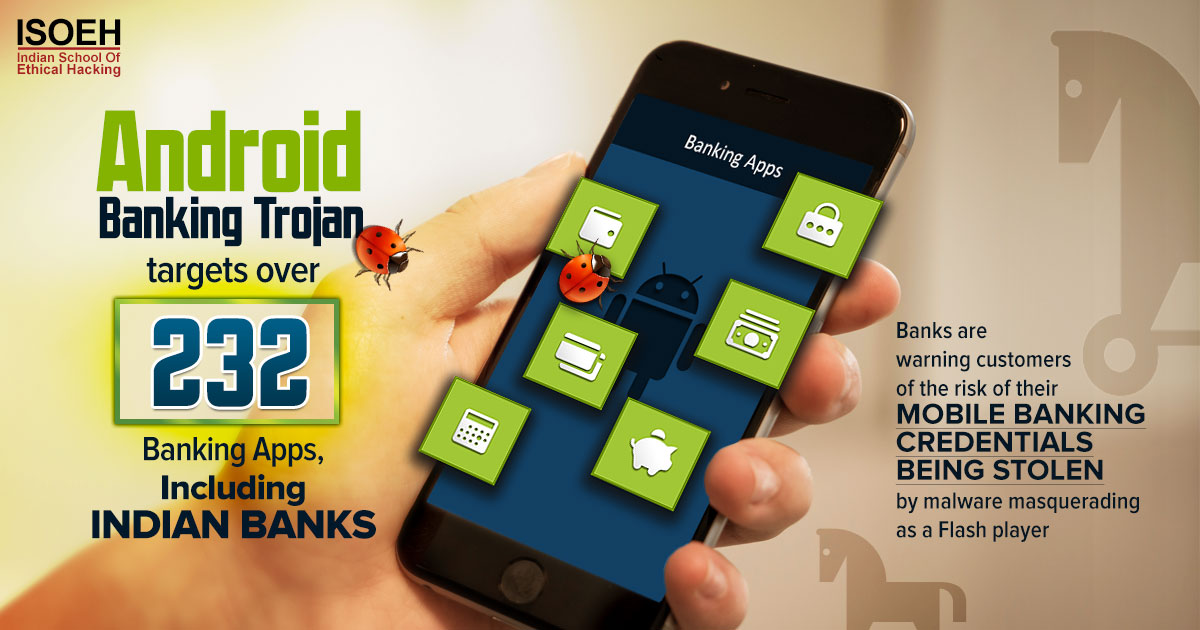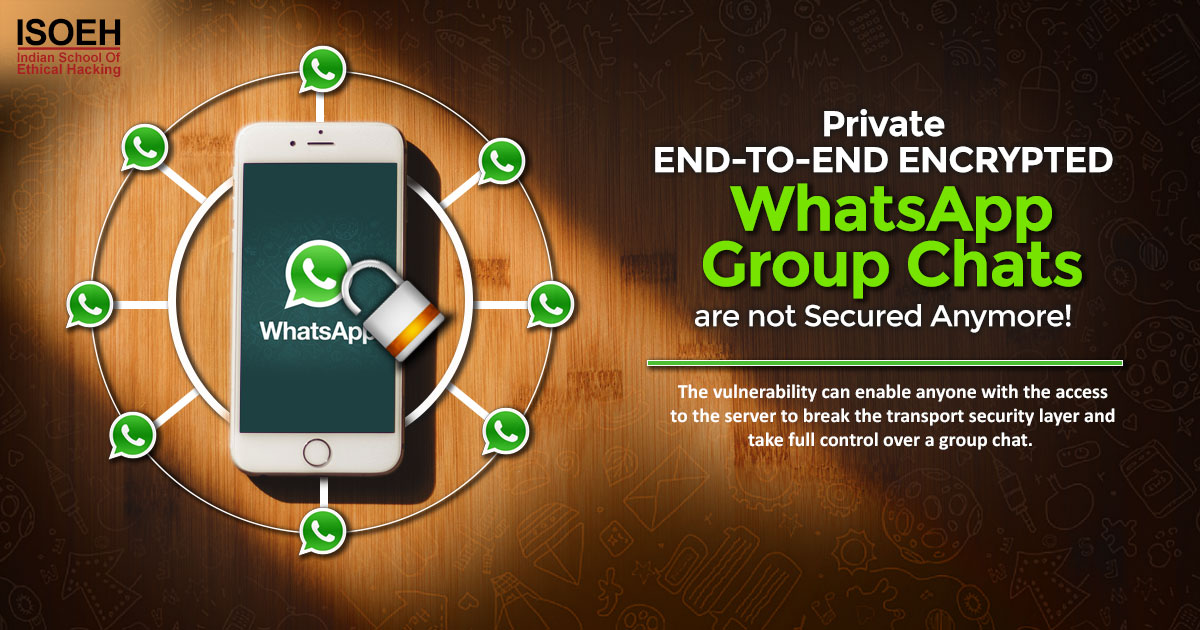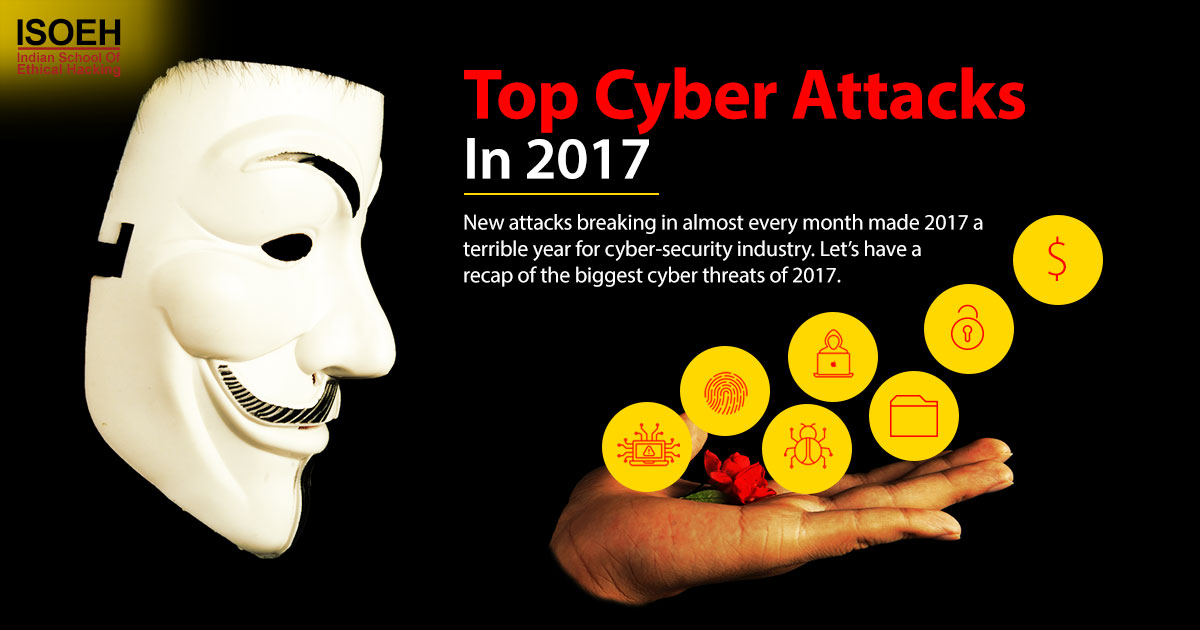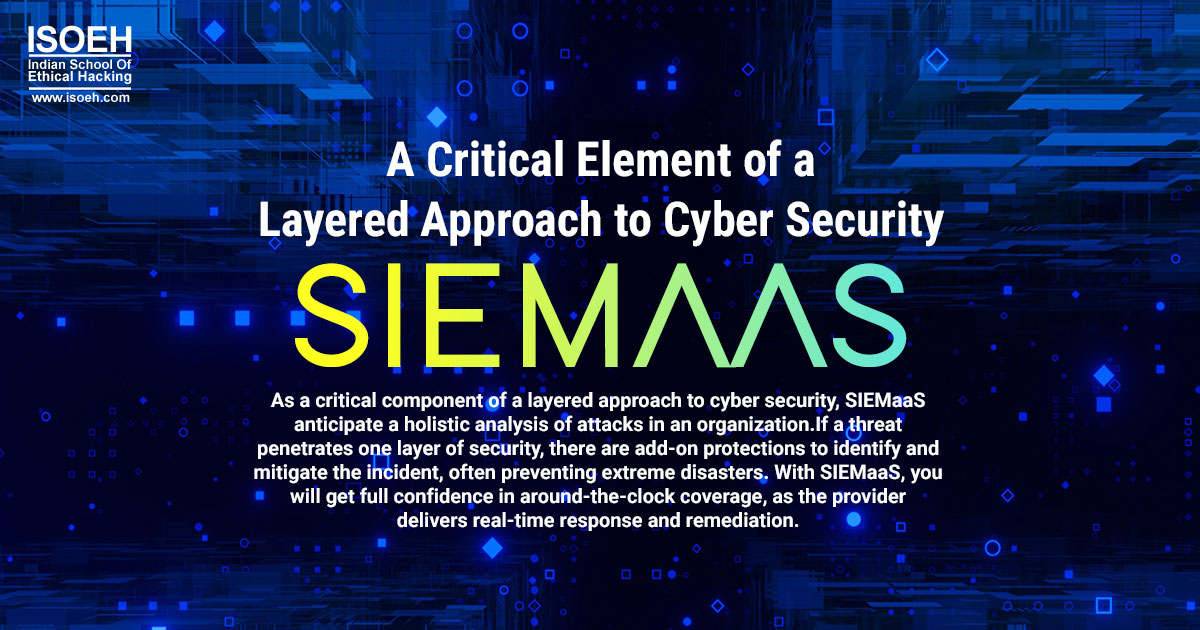
Since birth cyber-threats require continuous monitoring and deft solutions, enfolding a layered approach to cyber security is critical. With this perspective, organizations optimize protections by executing various prevention and detection tools. If a threat penetrates one layer of security, there are add-on protections to identify and mitigate the incident, often preventing extremedisasters. Preferably, these prevention and detection tools are unified to provide a complete view of an information technology environment. Cyber-criminals work relentlessly to sharpen their tactics, to prevent the strongest prevention tools, and thus it becomes difficult in the next line of defense. Every organizationshould handle effective detection in today's diverse threat landscape. So, they have to rely on a trusted provider for around-the-clock threat monitoring and remediation.
Is SIEM helpful?
A security information and event management (SIEM) solution bundles information from a high volume of diverse log data collected by an organization's computers and servers and security devices like firewalls, intrusion detection/prevention services, databases, applications, switches, and routers. A SIEM then finds and filters this data and can identify who did what, when, and from where.Using predetermined correlation data from previously detected attack vectors, a SIEM identifies potential security incidents; but it does come with certain drawbacks. Proper set-up, cost, and effective alerting is a prior activitybecause a SIEM can require a huge amount of time and resources to configure and maintain. Additionally, the absolute volume of alerts could overwhelm most organizations.
A SIEM solution can engross billions of logs and convey upward of one thousand alerts each month, which requires full-time attention. These kinds of detailed information contribute to a stronger cyber security stance, that only holds true if an organization constructively investigates and remediates threats.Many organizations that invest in a SIEM do not concentrate onthe alert investigation, as they aredeficient in expertise and time. The infamous 2013 Target example reminds us that when organizations fail to acknowledge alerts, they risk an incident escalating into a newsworthy breach.
Most organizations know that there are countless challenges associated with managing cyber security at intra level, including IT staffing and resource allocation. With SIEM-as-a-Service (SIEMaaS), organizations can harvest the benefits of SIEM while avoiding the headaches of configuration and implicit alerting. SIEMaaS eradicates much of the load from internal IT, which allows a dedicated team of professionals to manage threat monitoring and investigation.
SIEMaaS provides an extensive glance at an organization's environment, which gathers and review logs from connected devices across a technology environment. When abnormalities are detected, the external team responds and emend incidents in real-time – freeing up internal resources.While a SIEM requires a huge upfront investment of both time and money, SIEMaaS optimizes spending with a scalable pattern and reduces false positives to streamline investigation.
As a critical component of a layered approach to cyber security, SIEMaaS anticipate a holistic analysis of attacks in an organization. This is very helpful because cyber-criminals utilize vulnerabilities to gain access to networks, systems, and data. A complete framework of an organizations' IT environment could make the difference between a minor incident and a major breach.
An important section to consider when choosing a SIEMaaS provider is cyber security compliance. Distinctly for financial institutions subject to rigid regulations, SIEMaaS should support regulatory compliance and work in real-time to combat attacks and mitigate risk. Many SIEMaaS providers also offer audit-quality reports to strengthen organizations' compliance structures. By searchingfor the correct partner for SIEMaaS, an organization can focus on other internal priorities, as the third-party provider will monitor device events and manage the investigation of anomalies for valid security occurrences.
Organizations may remain protected during typical business hours, security breaches can happen at any time –including holidays or weekends, so it requires full-time attention to detect and respond to occurrences. With SIEMaaS, you will get full confidence in around-the-clock coverage, as the provider delivers real-time response and remediation. This 24/7 external support to manage, investigate and mitigate security attacks enhances the entire IT infrastructure in a protected mode. So just remember, don't let your organization fall under the threats of such attacks. Embracing a layered approach to cyber security will always provide the organization a brink in the fight against cyber threats.
Hacking Tools
Explore All Hacking Tools »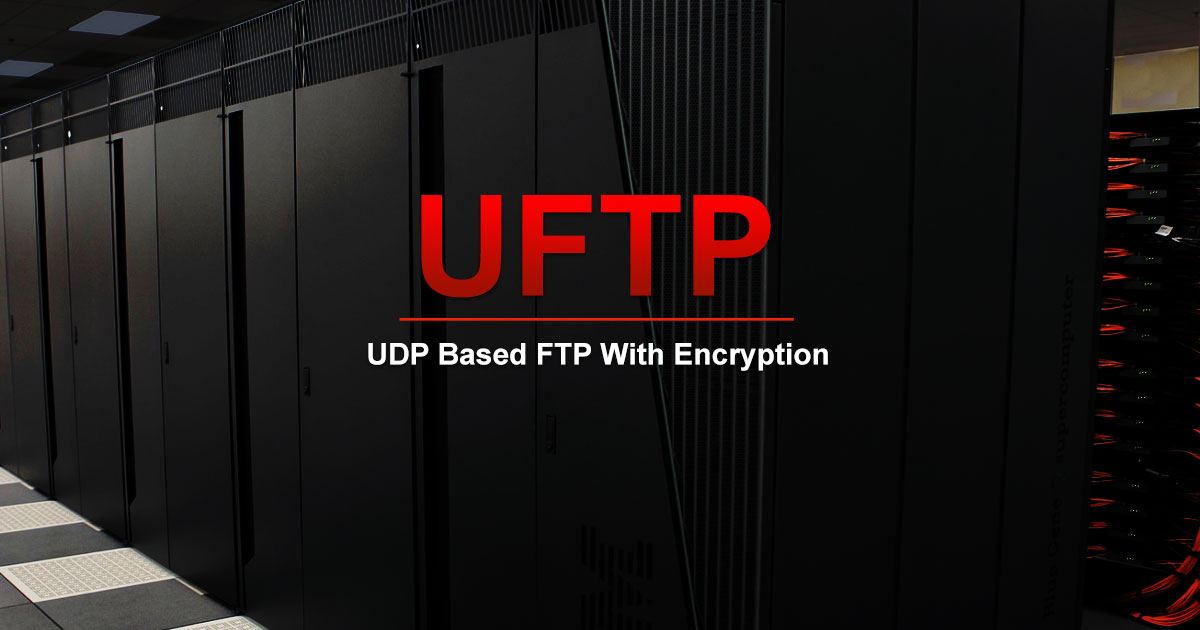
UFTP is an encrypted multicast file transfer program for secure, reliable & efficient transfer of files. It also helps in data distribution over a satellite link.
Read DetailsBreaking News
Breaking News Of Each Month »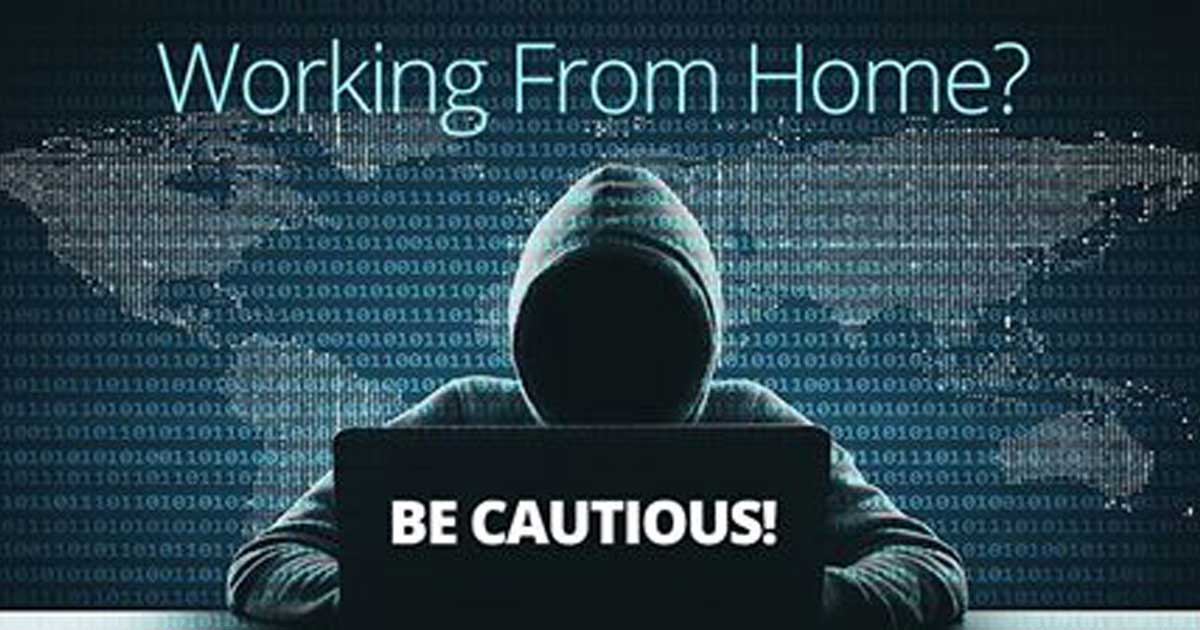
The recent pandemic was unexpected and unknown to most part of the world. It has changed our life and we are slowly adapting to our new lifestyle. The risks associated with the new lifestyle, both personal & corporate, are unknown to most of us.
Read Details



